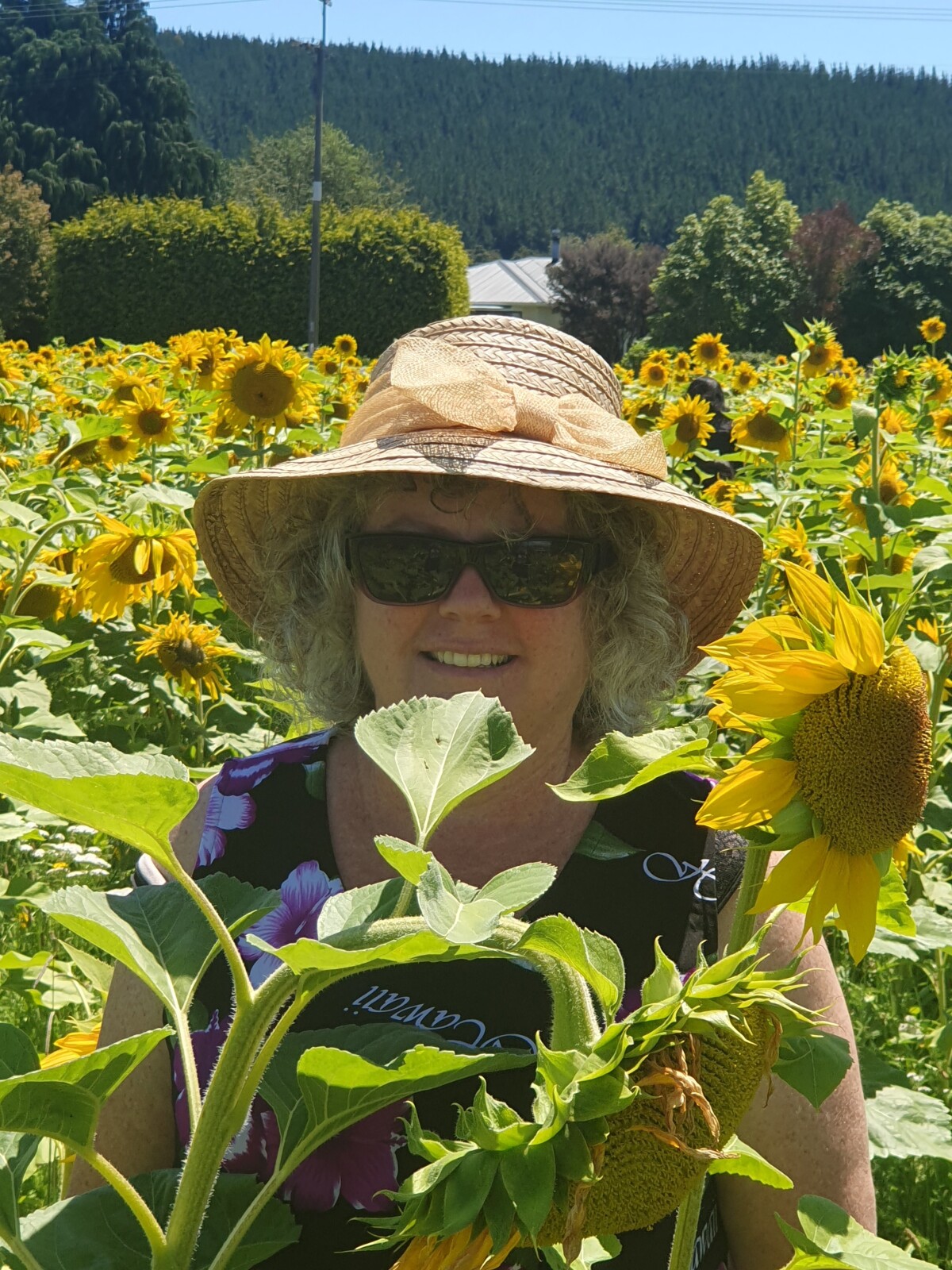When it comes to safety on the job site, there are many hazards to be aware of, some of them not immediately obvious, says the Cancer Society of New Zealand.
A 2023 WorkSafe report found that harmful solar UVR (Ultraviolet radiation from the sun) is the second most common carcinogen in Aotearoa New Zealand workplaces. WorkSafe is New Zealand’s primary health and safety regulator for the workplace.
Evidence shows that people who work outside receive considerably more UVR exposure than indoor workers, putting them at increased risk of developing some skin cancers. The message from the experts is that protecting outdoor workers is important this summer with extremely high levels of UVR of 11 or above forecasted.
Employers have a duty of care not to put workers at risk under the Health and Safety at Work Act (HSWA) 2015. If UVR is identified as a potential hazard, employers must take steps to minimise the risk, as far as is reasonably practicable.
54-year-old Nelson woman Belinda Harte knows all too well the dangers of being an outdoor worker and spending too much time in the sun. After picking fruit as a teenager, she remembers often going to bed with severe sunburn, to the point she was unable to sleep.
“I grew up on a farm and also did horticulture work from the age of 13 to around 17 years old, after school, on weekends and in the school holidays. I have very freckly skin and never used sunblock as a kid. We had a swimming pool growing up and sometimes I even used coconut oil on my skin,” explains Belinda.
Belinda was alerted to an issue when a concerning mole on her arm changed colour, prompting her to visit her doctor. She was then diagnosed with a melanoma.
“I was admitted to Nelson Hospital to have it removed. I was very stressed until I got the ‘all clear’. I now watch all my freckles and moles constantly and my children’s freckles and moles too.”
Belinda’s message to outdoor workers and employers this summer is simple: Be SunSmart! She will be taking her own advice as she plans to go camping, and after her melanoma, she is very careful to stay out of the sun as much as possible.
“I wanted to share my story because melanoma is a terrible thing to have. We need to protect ourselves from possible exposure and from getting skin cancer. I didn’t realise the sun could be so dangerous until I started having children of my own.”
Cancer Society researcher Dr Bronwen McNoe agrees that simple SunSmart behaviours can protect you from the harmful effects of UVR from the sun: “You can protect yourself by being SunSmart and remembering to Slip, Slop, Slap, and Wrap.”
Dr McNoe also suggests some straightforward ways for employers to reduce their workers’ exposure to UVR and therefore their risk of developing skin cancer:
Provide shade
Where practical, allow workers to perform tasks under trees or other shaded areas, or set up temporary shade structures like outdoor gazebos. Remind staff to take breaks in the shade whenever possible. This is one of the most effective ways to reduce overall UVR exposure, as good quality shade can reduce UV radiation by more than 75%.
Provide SunSmart Personal Protective Equipment (PPE)
Depending on the requirements of your industry, sun-protective clothing could include:
- a long-sleeved, collared shirt, ideally in a tight-weaved, dark fabric
- a wide-brimmed hat or helmet with a peak and neck guard (legionnaire’s flap)
- close-fitting, wrap-around sunglasses that meet safety and sun protection standards (check the label).
Provide sunscreen
Ensure easy access to a water-resistant, broad-spectrum sunscreen of at least SPF30+. Ensure sunscreen is within its expiry date and not stored anywhere too warm, like a car glovebox. Provide a cooler bag with an icepack for transport of sunscreen in cars. Sunscreen is a tax-deductible expense for employers.
Remind employees to be SunSmart
Regularly talk to your employees about being safe in the sun when working outdoors, including the application and re-application of sunscreen every two hours. You could display posters around your worksite with SunSmart information found at here.
Limit time working outside
If possible, move tasks indoors or adjust work tasks outdoors to be when UVR levels are lower, such as early morning or late afternoon. You can check daily UVR level forecasts by downloading apps including the UVNZ app, NIWAWeather or the Metservice app.
Encourage skin checks for early detection of skin cancers
Encourage employees to perform regular self-checks by discussing this and providing information found here. Since workers often find it hard to take time off, be a proactive employer and talk to staff about how to facilitate doctor visits for any skin changes or concerns.
More information
You will find more information and resources at www.sunsmart.org.nz and www.cancer.org.nz as well as the WorkSafe report at www.worksafe.govt.nz/research/new-zealand-carcinogens-survey-2021/
To arrange an interview with Belinda Harte, or Dr Bronwen McNoe at the Cancer Society of New Zealand, please contact:
Maria De Cort | Senior Communications Advisor | Cancer Society of New Zealand
maria@cancer.org.nz | 021 991 952
About the Cancer Society of New Zealand
The Cancer Society of New Zealand is the country's leading organisation dedicated to reducing the incidence of cancer and ensuring the best cancer care for New Zealanders. We are committed to working with communities and decision makers by providing leadership and advocacy in cancer control, with core services in information and support, research and cancer prevention.
Follow us online:
cancer.org.nz
facebook.com/cancersocietyNZ
instagram.com/cancersocietynewzealand
www.linkedin.com/company/cancer-society-nz

